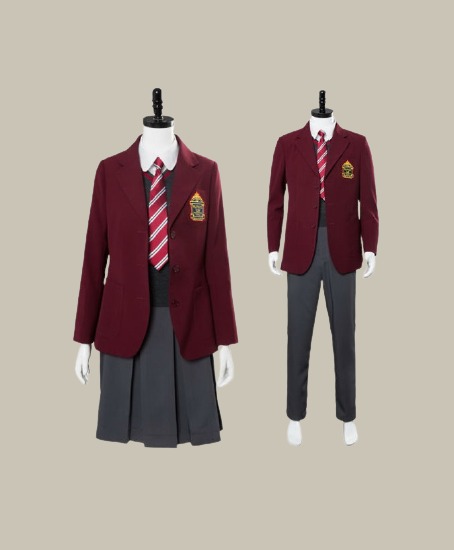Stamp: Nuremberg messenger (about 1700) (Germany, Federal Republic 1961)
Nuremberg messenger (about 1700) (Germany, Federal Republic 1961)
31 August (Germany, Federal Republic ) within release Nuremberg messenger (about 1700) goes into circulation Stamp Nuremberg messenger (about 1700) face value 7 German pfennig
| Stamp Nuremberg messenger (about 1700) in catalogues | |
|---|---|
| Michel: | Mi: DE 365II |
Stamp is vertical format.
White spot on the left handStamp Nuremberg messenger (about 1700) it reflects the thematic directions:
Headgear may be worn for protection against cold (such as the Canadian tuque), heat, rain and other precipitation, glare, sunburn, sunstroke, dust, contaminants, etc. Helmets are worn for protection in battle or against impact, for instance when riding bicycles or motor vehicles. There are also hats that are worn for protection from the cold
The mail or post is a system for physically transporting documents and other small packages; or, the postcards, letters, and parcels themselves. A postal service can be private or public, though many governments place restrictions on private systems. Since the mid-19th century national postal systems have generally been established as government monopolies with a fee on the article prepaid. Proof of payment is often in the form of adhesive postage stamps, but postage meters are also used for bulk mailing. Modern private postal systems are typically distinguished from national postal agencies by the names "courier" or "delivery service". Postal authorities often have functions other than transporting letters. In some countries, a postal, telegraph and telephone (PTT) service oversees the postal system, in addition to telephone and telegraph systems. Some countries' postal systems allow for savings accounts and handle applications for passports.
Special Occasions
A uniform is a variety of costume worn by members of an organization while usually participating in that organization's activity. Modern uniforms are most often worn by armed forces and paramilitary organizations such as police, emergency services, security guards, in some workplaces and schools, and by inmates in prisons. In some countries, some other officials also wear uniforms in their duties; such is the case of the Commissioned Corps of the United States Public Health Service or the French prefects. For some organizations, such as police, it may be illegal for non-members to wear the uniform.




